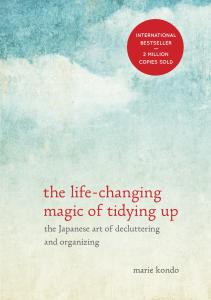 We’d all like to have more inner peace and behave with more kindness and patience as we go through our day, right? Life in the library field can be stressful and exhausting with constant demands from students, patrons, supervisors. or stakeholders. This article from American Libraries is all about mindful librarianship and how learning to practice mindfulness has helped some librarians with their work lives.
We’d all like to have more inner peace and behave with more kindness and patience as we go through our day, right? Life in the library field can be stressful and exhausting with constant demands from students, patrons, supervisors. or stakeholders. This article from American Libraries is all about mindful librarianship and how learning to practice mindfulness has helped some librarians with their work lives.
What is mindfulness, anyway? According to the American Psychological Association it is the “moment-to-moment awareness of one’s experience without judgment.” Through the use of breathing exercises and meditation, the goal is to be in the moment without worries or distractions.
Being able to be mindful while working in a library can have huge benefits, particularly in relation to stress. If you work in a library, you know that things aren’t always smooth and easy, especially when there is too much work to do and too little time in which to do it! The article acknowledges that “many librarians feel that they are spread increasingly thin on the job, yet their performance often depends on their ability to maintain focus amid a flurry of responsibilities. That’s something with which mindfulness can help.”
Read more about the benefits of practicing mindfulness as a library person here.
And if you want to know more, check out CMLE’s past series on mindfulness and see if the practice is beneficial to you!






